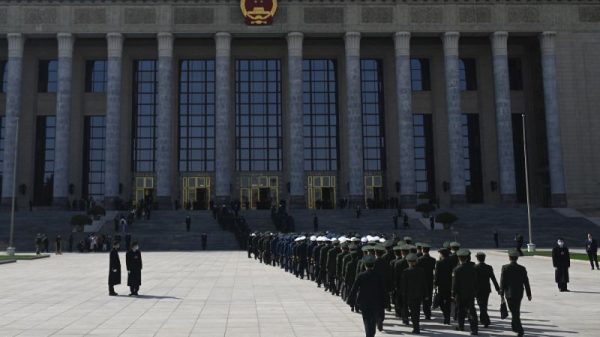In a remarkable strike against the shady underworld of international drug smuggling, authorities worldwide recently scored a substantial victory. A massive, multi-agency operation, spearheaded by Australian law enforcement, successfully interdicted a ‘narco-sub’ destined for Australia, Navy hands seizing an astounding 1,400 metric tons of illicit drugs in the process. Representing an invaluable coup against cross-border narcotics networks, this sizable seizure offers a compelling glimpse into the resourcefulness of international drug cartels and underscores the robust counter-narcotics efforts of global law enforcement bodies.
Two terms at the crux of this operation, ‘Narco sub’ and the colossal amount ‘1,400 metric tons of drugs’, will be explored in this article.
A ‘narco sub’ is essentially a watercraft constructed with the explicit aim of transporting a wide variety of concealed illegal substances across vast bodies of water, often traversing extensive international maritime borders, undetected. These vessels, colloquially termed ‘narco subs’, range from semi-submersible vessels that remain primarily submerged beneath the water’s surface, to fully submersible submarines equipped with advanced technology to evade detection.
The ingenious, though ruthless construction of these vessels emblemizes the extensive lengths to which drug syndicates will go to ply their unscrupulous trade. While the exact specifics of the seized vessel bound for Australia remains classified, the known capabilities of narco subs alone demonstrate a level of complexity that illustrates the intricate mechanisms adopted by such international operations in the global narcotics market.
The seizure of 1,400 metric tons of drugs is another equally integral component of this operation. This quantity implies a robust global smuggling network, flagging a concerning level of drug trafficking sophistication. With the value of this stash running into billions of dollars, the economic impact of this seizure on drug cartels is also considerable.
Critically, this intercept lacks the veil of a one-off event. In fact, it seizes part of a wider and escalating trend of drug cartels resorting to maritime smuggling routes as a safeguard against land-based enforcement operations. These narco subs have increasingly become a preferred choice for smugglers due to their ability to easily blend with the blue of the sea, thereby evading radar systems and effectively fulfilling their job of illicit deliveries.
The joint operation, involving various international bodies such as the United Nations Office on Drugs and Crime, the U.S. Drug Enforcement Administration, and the Australian Federal Police, attests to the robustness of international cooperation against drug trafficking. The use of cutting-edge technology was instrumental in this operation, underscoring the necessity of continuous advancements in tracking and interception mechanisms.
In sum, this massive, international operation has significantly hamstrung the operational capabilities and profits of the implicated drug syndicates. The seizure of the narco sub and the colossal quantity of drugs destined for Australia have, indeed, sent a potent message to global drug cartels about their limited room for maneuver in the face of stringent law enforcement and international cooperation. As we continue to combat this issue, it remains to be seen how drug cartels will adapt to new challenges and how law enforcement agencies will respond accordingly.

































